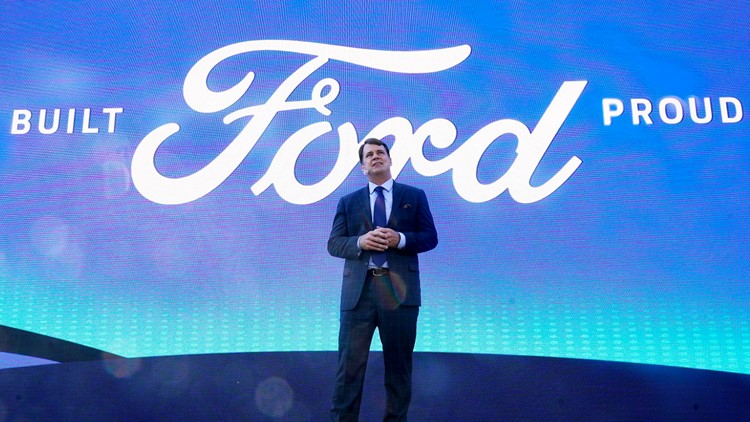LOUISVILLE, Ky. — The United Auto Workers strike started on Sept. 15, and Louisville's largest Ford plant was the latest to go on strike.
UAW President Shawn Fain has routinely said CEOs of Ford, General Motors and Stellantis received pay raises of 40% over the last four years, although those leaders say otherwise. The union argues employees should receive the same increases.
UAW members have seen 6% pay increases over the same span.
So what do the CEOs of the Big Three make? Here's what we found.
Ford CEO James Farley
Farley made just under $21 million in 2022, which is 19% more than the $17.4 million former CEO Jim Hackett collected in 2019, according to proxy statements. Farley received $15.14 million in stock awards.
His salary is 281 times higher than typical Ford workers, according to company filings with the Securities and Exchange Commission.
GM CEO Mary Barra
Barra is the only CEO of the three who held her current position in 2019. She made $29 million in 2022, according to ABC News, which is 362 times the salary of the typical worker in the company.
According to the Associated Press, her salary has increased by 34% since 2019.
$14.62 million of her salary comes from stock grants. Those grants vest over three years and the value depends on stock performance.
Stellantis CEO Carlos Tavares
Tavares became CEO in 2021 with Fiat Chrysler merged with Fiat to create Stellantis. His 2022 salary was $24.8 million, according to the Detroit Free Press, which is 365 times greater than the average employee.
What do auto workers want?
The union is asking for 36% raises in general pay over four years — a top-scale assembly plant worker gets about $32 an hour now. In addition, the UAW has demanded an end to varying tiers of wages for factory jobs; a 32-hour week with 40 hours of pay; the restoration of traditional defined-benefit pensions for new hires who now receive only 401(k)-style retirement plans; and a return of cost-of-living pay raises, among other benefits.
Perhaps most important to the union is that it be allowed to represent workers at 10 electric vehicle battery factories, most of which are being built by joint ventures between automakers and South Korean battery makers. The union wants those plants to receive top UAW wages. In part that's because workers who now make components for internal combustion engines will need a place to work as the industry transitions to EVs.
Currently, UAW workers hired after 2007 don’t receive defined-benefit pensions. Their health benefits are also less generous. For years, the union gave up general pay raises and lost cost-of-living wage increases to help the companies control costs. Though top-scale assembly workers earn $32.32 an hour, temporary workers start at just under $17. Still, full-time workers have received profit-sharing checks ranging this year from $9,716 at Ford to $14,760 at Stellantis.
RELATED VIDEO



